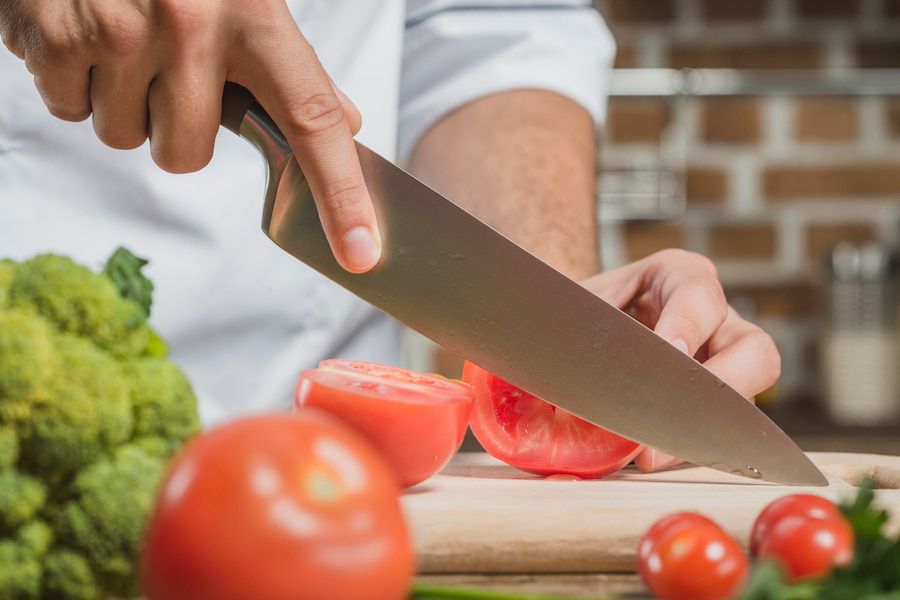Accidents in the kitchen happen more often than we might think, especially involving knives. Knowing how to treat a cut from a knife is essential, not just for safety but to prevent infection and ensure quick healing. Whether you’re a professional chef or cooking enthusiast, mastering basic first aid for cuts can be life-changing. Let’s delve into some terrific insights on managing knife-related injuries.

Understanding the Severity of the Cut
Not all cuts are created equal. Before diving into treatment, assess the wound:
- Minor cuts: These are shallow, with minimal bleeding.
- Moderate cuts: These may bleed more heavily but are not deep enough to expose tendons, muscles, or bones.
- Severe cuts: These are deep, involve heavy bleeding, and may expose deeper tissues. Immediate medical attention is required.
First Steps: Acting Fast
When a knife cut occurs, timing is critical. Heres what you can do immediately:
- Stay Calm: Panicking can slow down your ability to manage the injury effectively.
- Stop the Bleeding: Apply firm pressure with a clean cloth or gauze over the wound.
- Wash Your Hands: Before touching the cut, ensure your hands are clean to avoid infections.
Cleaning the Wound
Proper cleaning is crucial to avoid infections. Heres how to clean the wound properly:
- Rinse the wound: Hold the cut under cool running water to remove any dirt or debris.
- Use soap: Gently clean the area around the cut using mild soap. Avoid soap contact with the wound itself, as it can irritate.
- Disinfect: Use an antiseptic solution like hydrogen peroxide to treat the wound and kill bacteria.
Covering and Protecting the Cut
After cleaning the wound, its important to protect it:
- Apply an Antibacterial Ointment: This helps prevent infections and speeds up healing.
- Cover with a Bandage: Use a sterile bandage to keep the area protected. For larger cuts, consider using gauze and medical tape.
Monitoring for Infections
Even with immediate care, cuts can become infected. Watch for symptoms such as:
- Redness: Increased redness around the wound could indicate infection.
- Swelling: Swelling that worsens over time may be a bad sign.
- Pus: Yellow or green pus leaking from the wound is a clear sign of infection.
- Fever: If you develop a fever, seek medical help promptly.
Handy Kitchen Injury Prevention Tips
Prevention is always better than cure. Follow these tips to lower the risk of knife injuries:
- Cut with proper technique to maintain full control over your knife.
- Always use a sharp knife; dull knives are more dangerous than sharp ones.
- Invest in cutting boards that wont slip during use.
When to Seek Help
In some situations, professional medical care is needed. Seek help if:
- The cut is deep and wont stop bleeding after 10 minutes of pressure.
- You notice signs of infection.
- The wound is located on a joint or critical area like the face.

FAQs about Knife Cuts
1. How Do I Stop Bleeding Quickly?
Apply firm pressure using a clean cloth or gauze for about 5-10 minutes. Elevate the injured area if possible.
2. Can I Use Home Remedies to Treat a Knife Cut?
Home remedies like honey can help for minor cuts but should not replace standard first aid methods for severe wounds.
3. What Supplies Should I Keep in a Kitchen First Aid Kit?
Your first aid kit should include antiseptic wipes, antibacterial ointment, sterile bandages, and gauze for emergencies.
For more tips and guidance, visit VeryWell Health or check out additional resources for a safe kitchen experience.
This article contains affiliate links. We may earn a commission at no extra cost to you.


